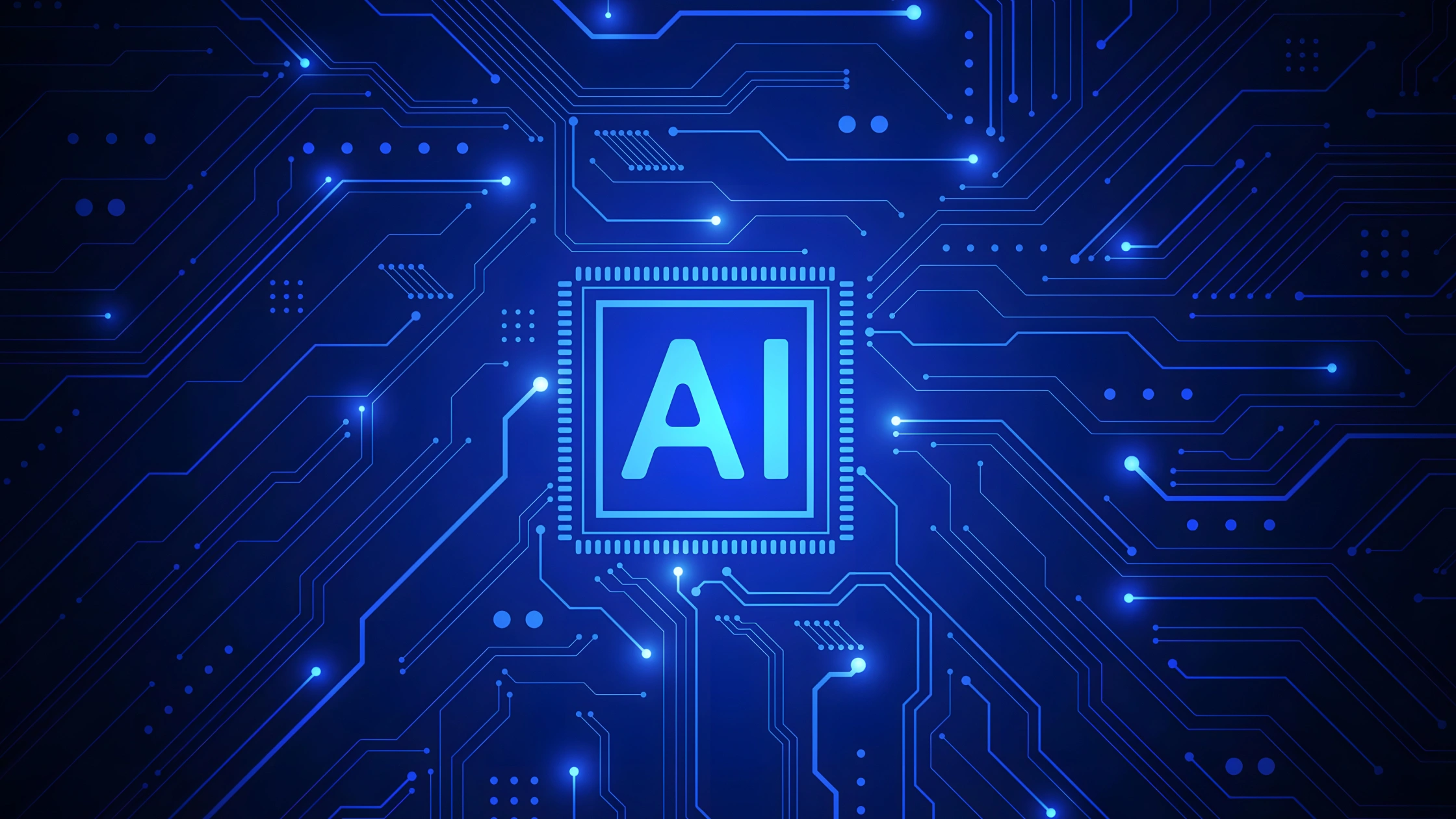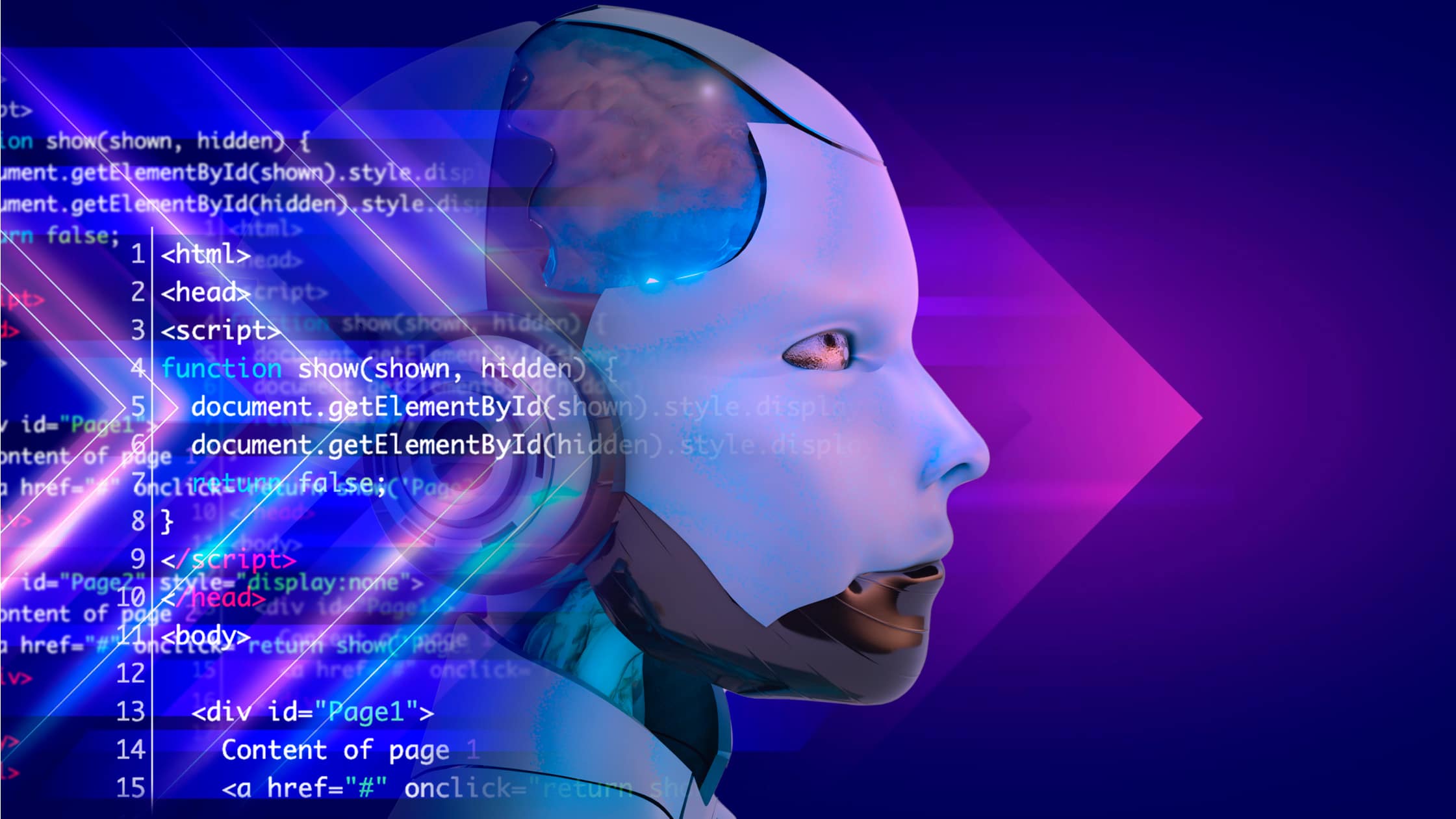AI-generated watermarking refers to embedding hidden or visible identifiers in content created by artificial intelligence (AI), such as text, images, audio, or video. These identifiers serve as “watermarks” that signal the content was produced or modified by an AI system. Watermarking can be used for attribution, tracking, verification, and content integrity.
Unlike regular digital watermarks used in photos or videos, AI-generated watermarks are often algorithmically embedded during content generation, making them difficult to detect or remove without specialized tools.
Purpose of AI-generated Watermarking
The main goal of AI watermarking is to ensure transparency and traceability in AI-generated content. As AI-generated content becomes more realistic and widespread, it’s harder to tell whether a human or a machine made something. Watermarking solves this problem by providing a reliable signal that the content came from an AI system.
Other purposes include:
- Preventing misinformation
- Detecting misuse or manipulation
- Enabling content moderation
- Ensuring copyright or licensing attribution
- Complying with AI regulations or disclosure laws
How AI-Generated Watermarking Works
There are two main approaches to watermarking AI content: visible and invisible (or stealth) watermarking.
1. Visible Watermarking
This is similar to a logo or label placed on content. For instance, an AI-generated image might include text like “Created with AI” in a corner. This method is straightforward and easily seen by users, but can also be cropped, blurred, or removed.
2. Invisible (Stealth) Watermarking
This method hides information inside the content’s data in a way that is imperceptible to humans but detectable by machines. Text may involve subtle changes in word choice or punctuation. For images, it might use imperceptible pixel changes or frequency domain alterations.
Invisible watermarking is more secure and persistent, making it a better option for tamper-resistant verification.
Watermarking in Text Generation
Watermarking typically involves encoding a hidden pattern or signal in the output for AI-generated text. One common approach is to use probability steering, which adjusts the model’s word selection so that specific sequences or statistical patterns appear more often without affecting readability.
For example, a watermarking algorithm might subtly prefer certain synonyms or sentence structures. A statistical test can detect these patterns over many outputs, revealing that the content came from a specific model.
This kind of watermark is invisible to human readers, hard to remove without rewriting the content, and detectable by verification tools that know the embedding algorithm.
Watermarking in Image and Video Generation
In AI-generated images or videos, watermarking can be added at various stages:
During generation, the model embeds signals directly into the pixel data as it renders the content. After generation, A watermarking algorithm adds imperceptible signals to an already-created file.
Common techniques include:
-
Spatial domain methods (e.g., slightly changing pixel values)
-
Frequency domain methods (e.g., modifying the DCT or wavelet coefficients)
-
Robust hashing (generating signatures that stay intact even after compression or resizing)
Advanced watermarking techniques aim to be robust to editing, meaning that even if someone crops, filters, or resizes the image, the watermark remains detectable.
Watermarking in Audio and Speech
For synthetic audio or voice generation, watermarking often involves embedding subtle acoustic patterns in pitch, timbre and spectrogram frequency bins
These modifications are usually inaudible to the average listener but can be decoded using software tools. Audio watermarking is crucial for tracking AI-generated voiceovers, synthetic songs, or deepfakes in podcasts or advertising.
In some cases, watermarking may also involve unique voiceprint signatures, especially for cloned voices.
Watermarking in Code and Programming Output
When AI generates code (e.g., GitHub Copilot), watermarking can be applied by embedding patterns in variable names, comment styles, and code structure or indentation preferences. These markers help developers or regulators detect AI-generated source code and ensure compliance with licensing, usage policies, or originality claims.
Watermarking vs. Metadata Tagging
It’s essential to distinguish watermarking from metadata tagging.
-
Metadata is information attached to a file (e.g., “Generated by GPT-4”) but stored separately from the content. It’s easy to read and also easy to delete.
-
Watermarking, especially invisible types, embeds the signal within the content, making it more durable and secure.
Metadata is useful for casual tagging and indexing, while watermarking is essential for robust verification and anti-tampering.
Applications and Use Cases
AI-generated watermarking is already being applied in several domains:
1. Misinformation Detection
To combat deepfakes and synthetic news, watermarking can indicate whether AI created a video or text. Platforms can then flag or verify the source automatically.
2. Educational Integrity
With the rise of AI in homework or essay writing, watermarking helps educators identify AI-generated assignments and uphold academic honesty.
3. Creative Copyright Protection
Artists and designers using AI tools to create visual work may want to mark their content to prove originality or ownership, especially in online marketplaces.
4. Platform Moderation
Social media or publishing platforms can scan content for AI watermarks and enforce labeling or removal policies to protect users from synthetic deception.
5. Content Licensing and Auditing
Enterprises using generative AI for marketing or design can track internally produced content with embedded watermarks for auditing, usage control, and attribution.
Challenges of AI Watermarking
Despite its promise, AI watermarking faces several limitations:
1. Robustness to Modification
A watermark must survive common changes like paraphrasing, cropping, compressing, or remixing. Even if the content is lightly edited, many watermarking methods still fail.
2. Generalization Across Models
A watermarking system must adapt to various AI models, content types, and generation settings. A watermark designed for one model may not work on another.
3. False Positives and Detection Accuracy
If the detection algorithm mistakenly flags human-written or unmarked content, it can lead to confusion or reputational harm.
4. Malicious Removal
Skilled adversaries may attempt to reverse-engineer or strip the watermark. This is an ongoing arms race between watermark designers and those who want to bypass detection.
5. Transparency and Standardization
Without clear guidelines on watermarking standards, adoption is inconsistent. Different companies may use incompatible systems, reducing interoperability.
Ethical and Regulatory Considerations
Watermarking raises important ethical and policy questions:
Transparency vs. Privacy
While watermarking promotes transparency, it could also be misused to track user behavior, preferences, or location. Designers must ensure watermarks do not violate user privacy.
Mandatory Disclosure
Some governments are considering laws requiring that all AI-generated content be watermarked. This introduces legal questions about freedom of expression, consent, and international compliance.
Misuse of Watermark Detection
Just as watermarking helps verify AI content, watermark detectors could be used to falsely discredit legitimate human-created work, especially in creative or academic fields.
Watermarking systems must be ethically designed, open to audit, and clearly explained to end users to address these concerns.
AI Industry and Watermarking Initiatives
Many leading AI companies are actively exploring watermarking. OpenAI has tested methods to watermark GPT outputs using statistical signals in text. Google DeepMind has explored embedding watermarks in both text and image generation models.
Meta and Microsoft are researching watermarking for deepfakes and visual content. Adobe introduced Content Credentials, a metadata and provenance initiative for digital art and design that can be paired with watermarks. Industry collaborations, like the Partnership on AI and C2PA (Coalition for Content Provenance and Authenticity), also shape standards and tools for responsible content tracking.
Future of AI-generated Watermarking
Watermarking will become an increasingly important component of trustworthy AI deployment. Trends on the horizon include:
-
Universal watermarking APIs built into popular AI tools
-
Tamper-resistant, cryptographic watermarks using zero-knowledge proofs or blockchain
-
Real-time watermark detection integrated into web platforms, search engines, and moderation pipelines
-
Cross-platform standards for watermark encoding, detection, and transparency reporting
-
Multimodal watermarking, allowing seamless tagging of text, video, images, and sound in a unified format
As AI-generated content becomes part of everyday life, watermarking will serve as a crucial layer of accountability, attribution, and digital provenance.
AI-generated watermarking is a vital tool for managing the growing impact of AI-generated content across media, communication, and information ecosystems. Watermarking allows users, creators, and regulators to trace, verify, and moderate AI outputs by embedding invisible or visible markers into text, images, audio, or code.
While it is not a complete solution to misinformation, deepfakes, or unethical AI use, watermarking offers a scalable and enforceable method of increasing transparency and trust. As technology evolves, robust watermarking, ethical design, and policy framework will be key to building a safer, more credible digital future.



